Home>Garden Essentials>How To Harvest Snapdragon Seeds
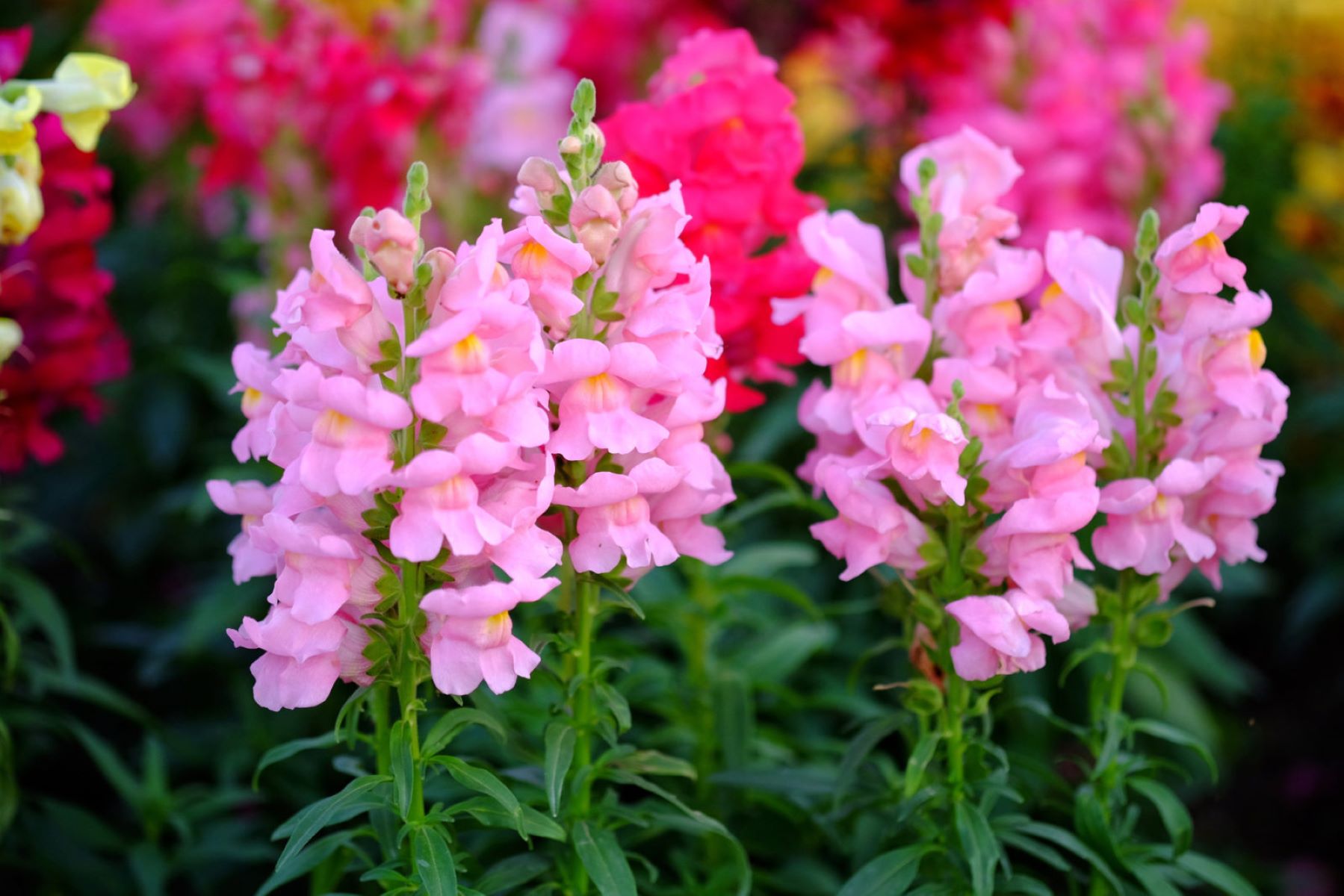

Garden Essentials
How To Harvest Snapdragon Seeds
Modified: March 16, 2024
Learn the simple and efficient steps to harvest Snapdragon seeds from your garden. Discover how to save and store these beautiful and vibrant flower seeds for future planting.
(Many of the links in this article redirect to a specific reviewed product. Your purchase of these products through affiliate links helps to generate commission for Storables.com, at no extra cost. Learn more)
Introduction
Welcome to the world of gardening, where the cycle of life and growth unfolds before our eyes. One of the most rewarding aspects of gardening is witnessing the transformation of seeds into beautiful flowers. If you’ve been growing snapdragons in your garden, you may have wondered how to harvest their seeds to sow for the next season.
In this article, we will guide you through the process of harvesting snapdragon seeds, helping you unlock the potential of these remarkable plants. Understanding when and how to harvest the seeds is key to ensuring a successful harvest, as well as maintaining the unique characteristics that make snapdragons such a beloved addition to any garden.
Before embarking on this seed-saving journey, let’s dive deep into the world of snapdragon seeds, explore the optimal harvesting time, and gather the necessary tools and materials to make the process seamless.
Key Takeaways:
- Harvest snapdragon seeds when the seed pods are fully matured, dried, and turning brown. Use gardening gloves, paper bags, and labels to collect and store the seeds for future planting.
- To harvest snapdragon seeds, wait for dry, sunny weather, then snip the mature seed pods and dry them in a well-ventilated area. Store the seeds in airtight containers for future use.
Read more: How To Sow Snapdragon Seeds
Understanding Snapdragon Seeds
Before we jump into the art of seed harvesting, let’s take a moment to understand the significance of snapdragon seeds. Each tiny seed holds within it the potential to grow into a stunningly beautiful plant that will enhance your garden.
Snapdragon (Antirrhinum) seeds are small, dry, and hardy. They come in various shapes and sizes, depending on the specific variety of snapdragon you are growing. These seeds are generally dark brown or black and often have a wrinkled or textured outer shell.
One fascinating characteristic of snapdragon seeds is their ability to remain dormant in the soil until the conditions are just right for germination. This unique trait ensures that the seeds will only sprout when the environment offers optimal conditions for growth.
When to Harvest Snapdragon Seeds
Timing is crucial when it comes to harvesting snapdragon seeds. To ensure successful seed collection, it’s essential to wait until the seed pods are fully matured and dried on the plant. Harvesting too early may result in immature seeds that will not germinate effectively.
One way to identify the right time to harvest snapdragon seeds is to observe the seed pods. As the flowers fade and the seed pods develop, you will notice them turning brown and drying out. The seed pods typically become brittle and may begin to split open naturally.
Another indicator of seed maturity is the change in color of the seed pod. As the pods mature, they turn from green to brown, signaling that the seeds are ready for harvest.
Pay close attention to the weather conditions as well. It’s best to harvest snapdragon seeds during dry, sunny weather to ensure that the pods are completely dry and free from moisture. Moisture can lead to mold or rot, which can affect the viability of the seeds.
Key Takeaways:
- Harvest snapdragon seeds when the seed pods are fully matured, dried, and turning brown. Use gardening gloves, paper bags, and labels to collect and store the seeds for future planting.
- To harvest snapdragon seeds, wait for dry, sunny weather, then snip the mature seed pods and dry them in a well-ventilated area. Store the seeds in airtight containers for future use.
Read more: How To Sow Snapdragon Seeds
Understanding Snapdragon Seeds
Before we dive into the process of harvesting snapdragon seeds, it’s important to have a good understanding of these tiny powerhouses of life. Snapdragon seeds are the key to propagating and growing more beautiful snapdragon plants in your garden.
When snapdragon flowers bloom and the pollination process occurs, they produce seed pods that contain the seeds needed for future growth. These seed pods are typically elongated and have a pointed tip, resembling a miniature pea pod.
The seeds themselves are relatively small and come in a variety of shapes and sizes, depending on the snapdragon variety. They are usually dark brown or black and have a textured or wrinkled outer shell. This outer shell provides protection for the embryo inside, ensuring its survival until the right conditions for growth are met.
One interesting fact about snapdragon seeds is that they have a hard coating. This coating is known as the seed coat and helps protect the seed from external factors such as moisture, pests, and temperature fluctuations. The seed coat also acts as a mechanism to control germination, as it requires certain conditions to break down and allow the embryo inside to sprout.
A snapdragon seed has everything it needs to begin germination and start its journey towards becoming a beautiful plant. Inside the seed coat, there is an embryo that contains the genetic information necessary for the development of leaves, stems, and flowers. The embryo also holds a small supply of stored energy in the form of endosperm, which provides the initial nutrition for the seedling until it establishes root and starts photosynthesizing.
It’s important to note that snapdragon seeds can remain dormant in the soil for extended periods until the conditions are favorable for germination. This means that even if you don’t harvest the seeds right away, you can still find little surprises popping up in your garden in the future.
Now that we have a better understanding of the anatomy and characteristics of snapdragon seeds, let’s explore the perfect timing for harvesting these precious seeds in order to ensure a successful harvest and maximize their potential for growth.
When to Harvest Snapdragon Seeds
Timing is crucial when it comes to harvesting snapdragon seeds. To ensure successful seed collection, it’s important to wait until the seed pods have fully matured and dried on the plant. Harvesting too early may result in immature seeds that won’t germinate effectively.
One way to determine the right time to harvest snapdragon seeds is by paying attention to the seed pods. As the snapdragon flowers fade and the seed pods develop, you’ll notice a change in their appearance. The pods will start turning brown and drying out, indicating that they are approaching maturity. In some cases, the seed pods may even begin to split open naturally, making it easier to access the seeds.
Another clue that the snapdragon seeds are ready for harvest is the change in color of the seed pods. As the pods mature, they transition from green to a brown color. This color change signals that the seeds are reaching their full development and are ready to be collected.
In addition to visual cues, it’s important to consider the environmental conditions when determining the optimal time for seed harvesting. Ideally, you want to wait for a period of dry and sunny weather. Harvesting snapdragon seeds during these conditions ensures that the seed pods are completely dry and free from moisture. Moisture can lead to mold or rot, which can negatively affect the viability of the seeds.
It’s also worth noting that the timing of snapdragon seed harvest can vary depending on the specific variety and the climate in your region. It’s a good idea to consult a local gardening resource or fellow gardeners who have experience with growing snapdragons in your area. They can provide valuable insights into the best timing for seed collection based on the local conditions.
Once you’ve determined that the snapdragon seed pods are mature and ready for harvest, it’s time to gather the necessary tools and materials for the next steps of the seed-saving process.
Read more: How To Save Snapdragon Seeds
Tools and Materials Needed
Before you begin the process of harvesting snapdragon seeds, it’s important to gather the necessary tools and materials. Having everything prepared in advance will make the process easier and more efficient. Here’s a list of what you’ll need:
- Gardening gloves: Protect your hands from any thorns or prickly parts of the plants.
- Pruning shears or scissors: Use these to snip off the mature seed pods from the snapdragon plants.
- Paper bags: Choose small paper bags or envelopes to collect the seed pods. These allow for proper air circulation, which helps to prevent moisture buildup and mold formation.
- Permanent marker: Label each paper bag or envelope with the variety name and the date of seed harvest. This will help you keep track of the types of seeds you’re collecting and their age.
- Optional: Seed storage containers: If you plan on storing the harvested snapdragon seeds for an extended period, you may want to invest in seed storage containers. These can help preserve the seeds’ viability and protect them from environmental fluctuations.
It’s also a good idea to have a clean and well-organized workspace for seed harvesting. Consider using a table or a tray to lay out your tools and materials. This will help prevent any accidental loss or mix-up of the seeds.
Now that you have all the necessary tools and materials ready, it’s time to delve into the step-by-step guide for harvesting snapdragon seeds.
Step-by-Step Guide to Harvesting Snapdragon Seeds
Harvesting snapdragon seeds is a simple and rewarding process. By following these steps, you’ll be able to collect and save the seeds for future planting:
- Wait for the right time: As mentioned earlier, it’s important to wait until the snapdragon seed pods are fully mature and dried on the plant. Look for seed pods that have turned brown and are starting to dry out. This indicates that the seeds are ready for harvest.
- Put on your gardening gloves: Before handling the snapdragon plants, protect your hands by wearing gardening gloves. This will prevent any potential irritation from the plant’s foliage or prickly parts.
- Snip the seed pods: Using pruning shears or scissors, carefully snip off the mature seed pods from the snapdragon plants. You can leave a short stem attached to the seed pod for easier handling.
- Collect the seed pods: Place the snipped seed pods directly into small paper bags or envelopes. Avoid overcrowding the bags to allow for proper air circulation. Each bag or envelope should only contain one type of snapdragon variety to prevent mixing of seeds.
- Label the bags: Use a permanent marker to label each bag or envelope with the variety name and the date of seed harvest. This will help you keep track of the seeds and their age later on.
- Dry the seed pods: Once you have collected all the seed pods, leave them in a well-ventilated area to dry completely. This process may take a few weeks. Ensure that the seed pods are kept away from direct sunlight, moisture, and humidity to prevent mold or rot.
- Remove the seeds: Once the seed pods are fully dry, gently remove the seeds from the pods by carefully splitting them open or massaging them between your fingers. Be careful not to damage the seeds in the process.
- Remove any debris: After separating the seeds from the seed pods, check for any debris or chaff. You can do this by gently blowing on the seeds or using a fine-mesh sieve to sift through them.
- Store the seeds: To ensure the longevity of the seeds, transfer them to airtight seed storage containers. These containers should be placed in a cool, dark, and dry location until you’re ready to sow them in the future.
By following these steps, you can successfully harvest snapdragon seeds and enjoy the satisfaction of knowing that you’re preserving these beautiful flowers for seasons to come.
Now that you have a comprehensive understanding of when and how to harvest snapdragon seeds, as well as the necessary tools and materials, you’re well-equipped to venture into seed-saving and continue the cycle of growth in your garden.
Happy harvesting!
Frequently Asked Questions about How To Harvest Snapdragon Seeds
Was this page helpful?
At Storables.com, we guarantee accurate and reliable information. Our content, validated by Expert Board Contributors, is crafted following stringent Editorial Policies. We're committed to providing you with well-researched, expert-backed insights for all your informational needs.
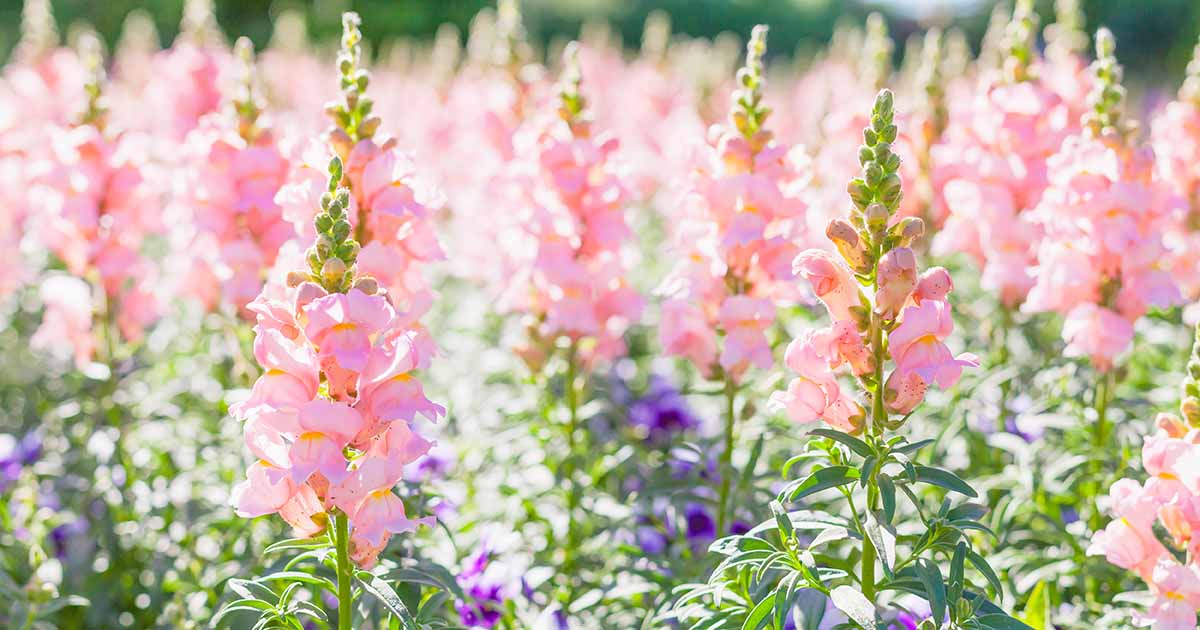

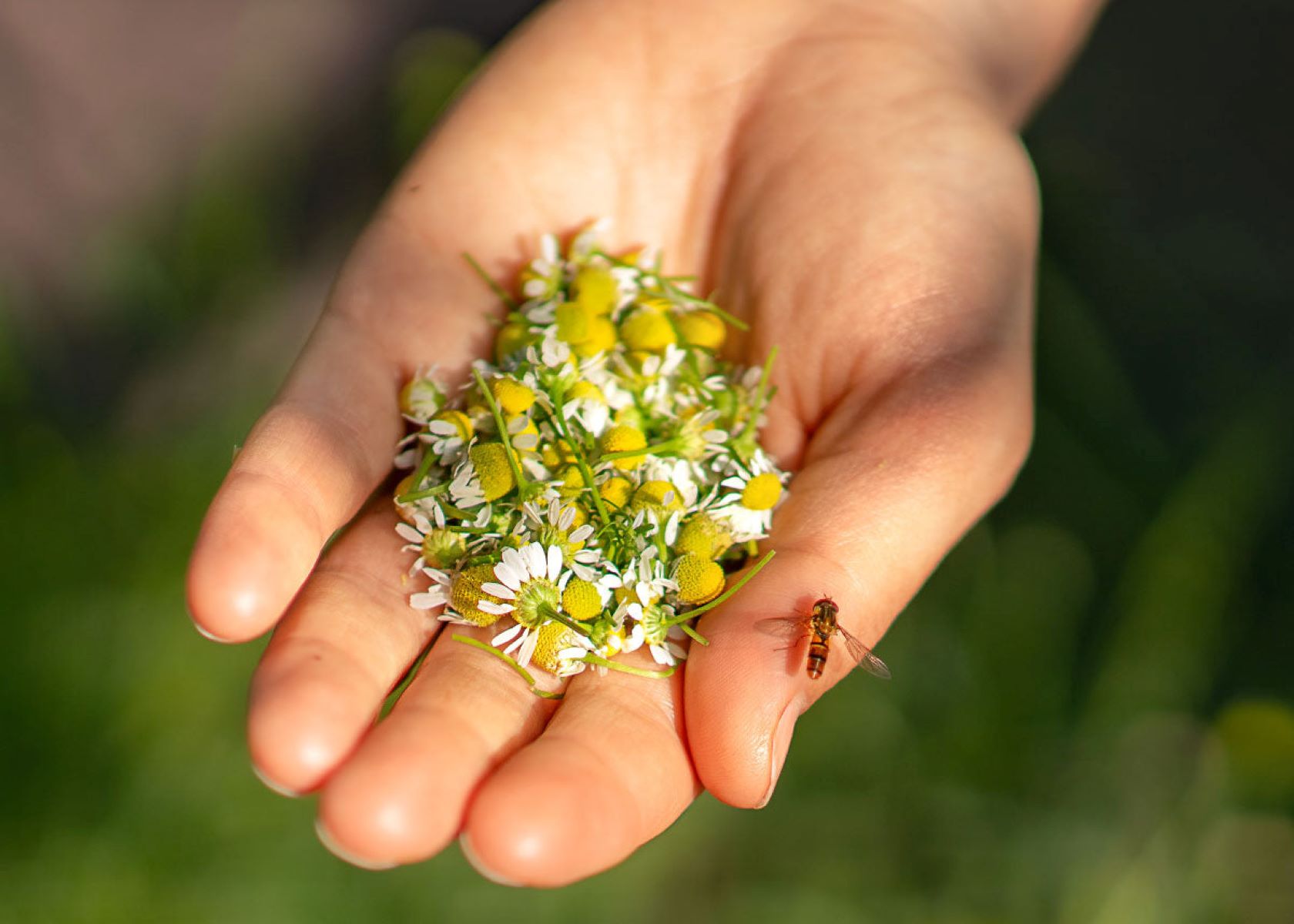
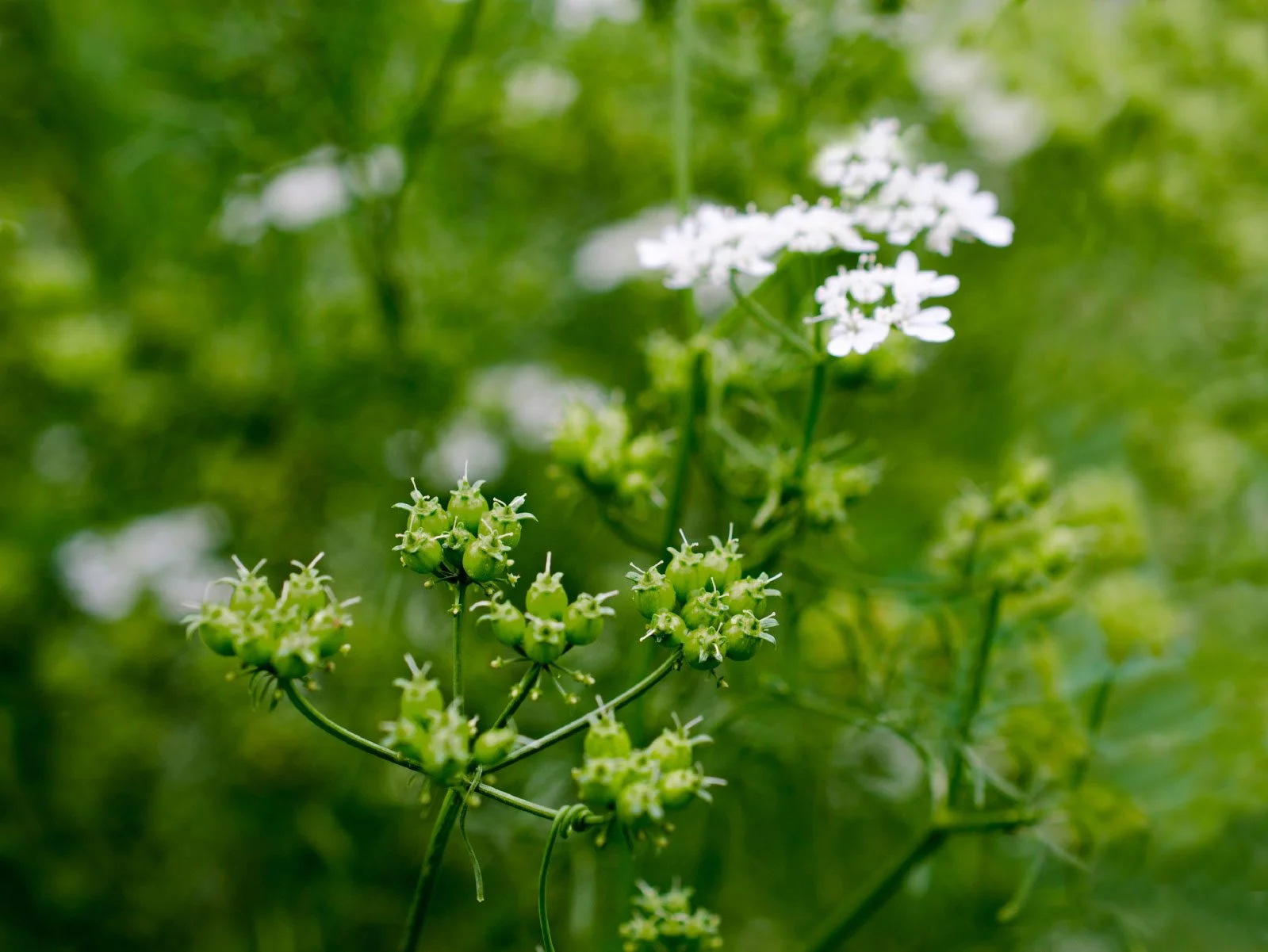
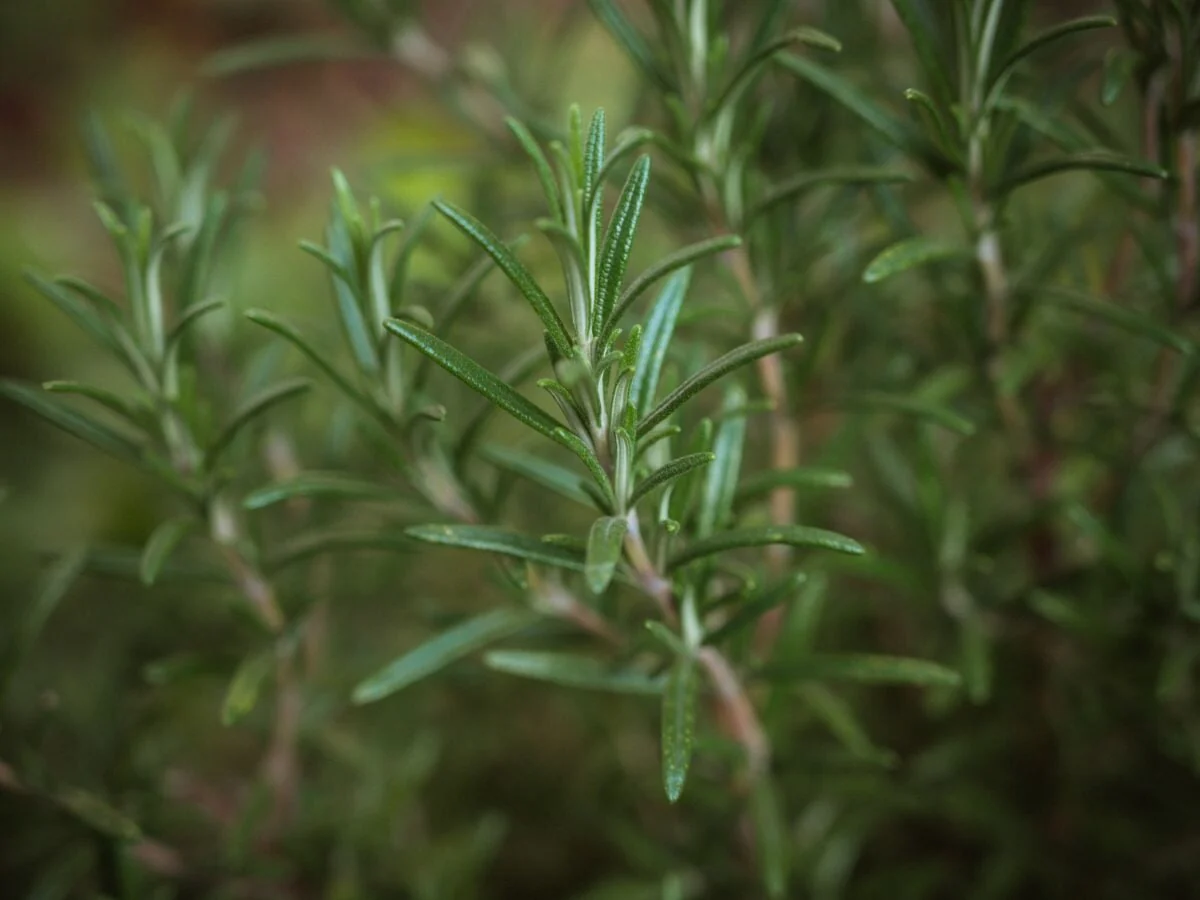
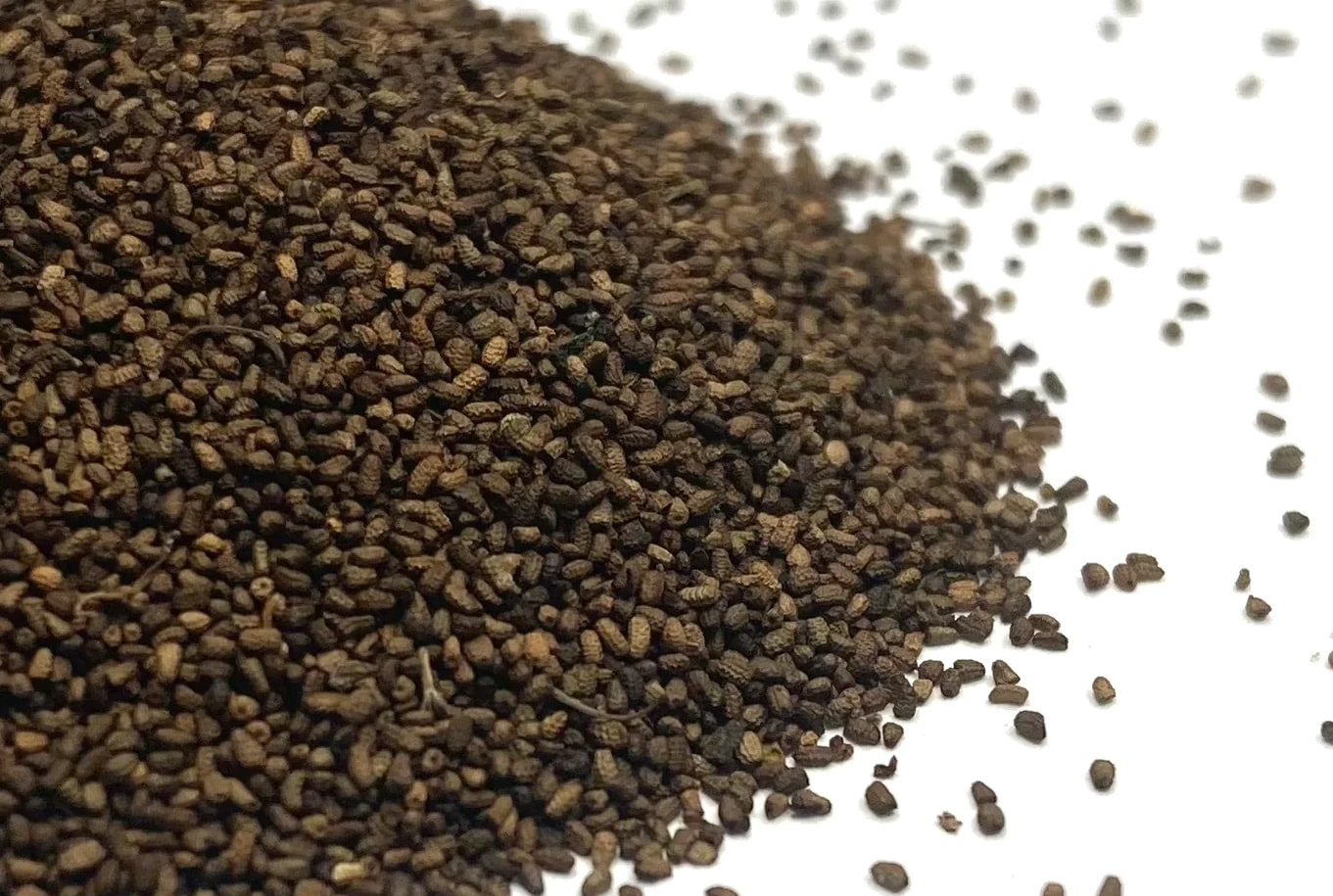
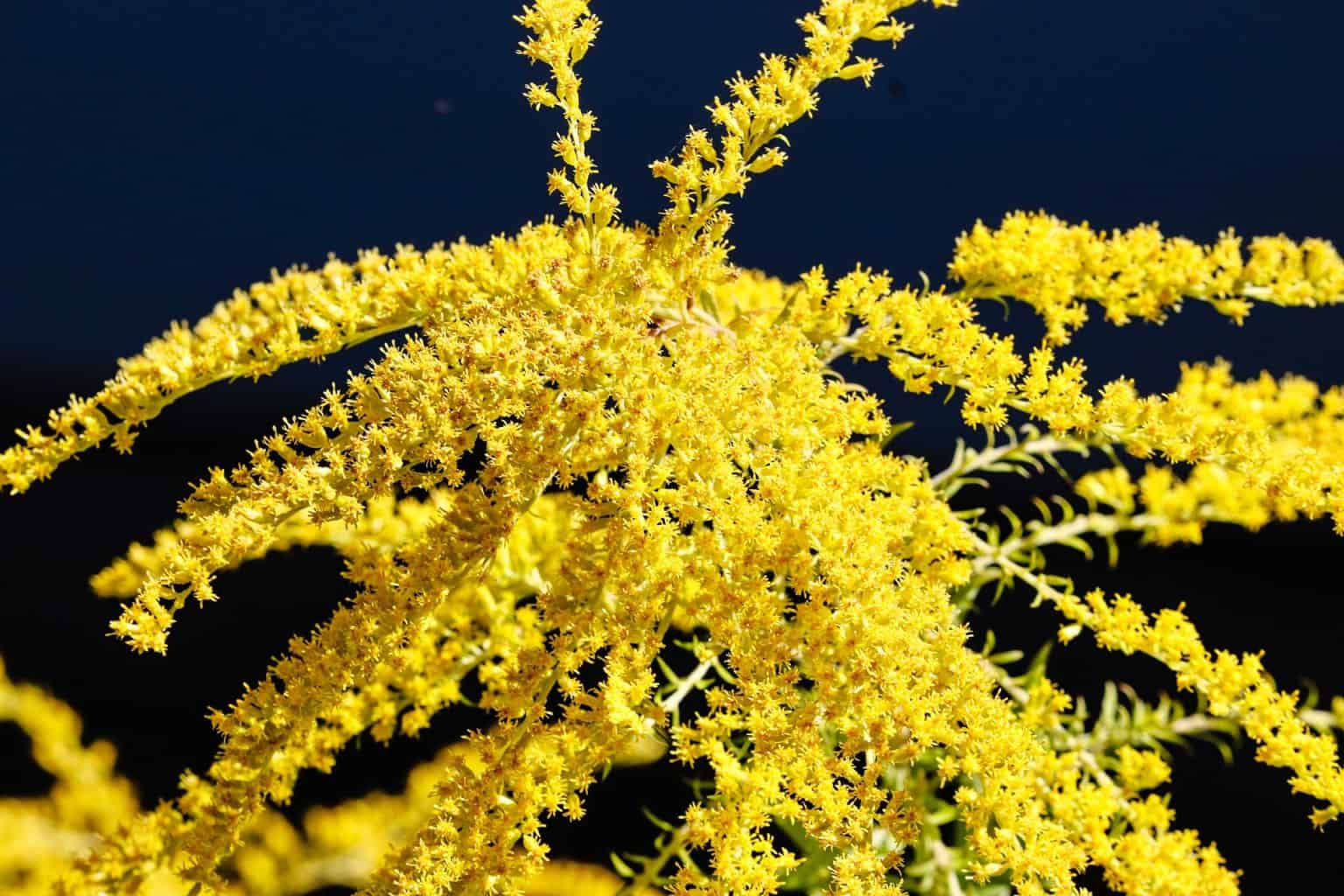
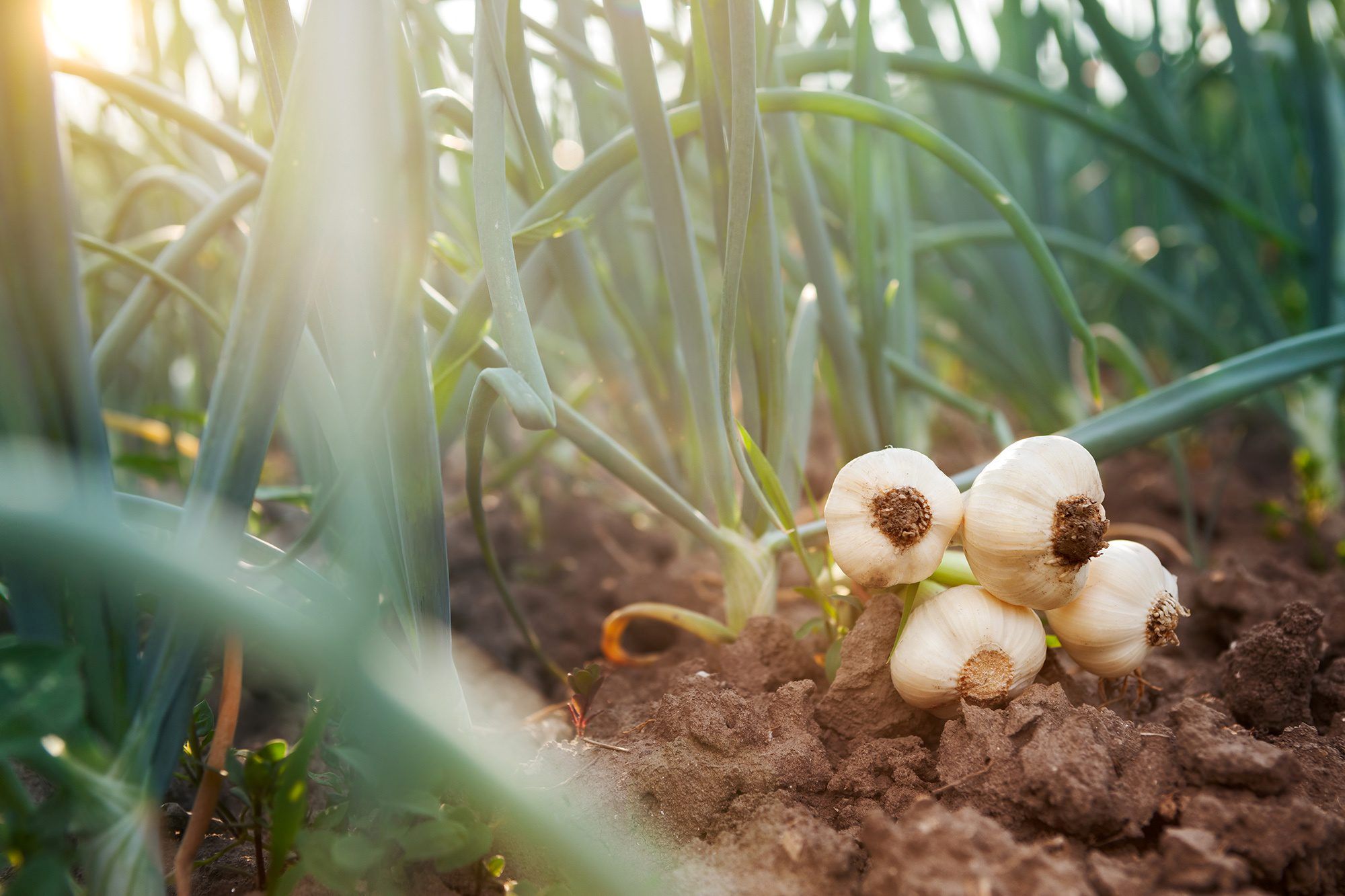

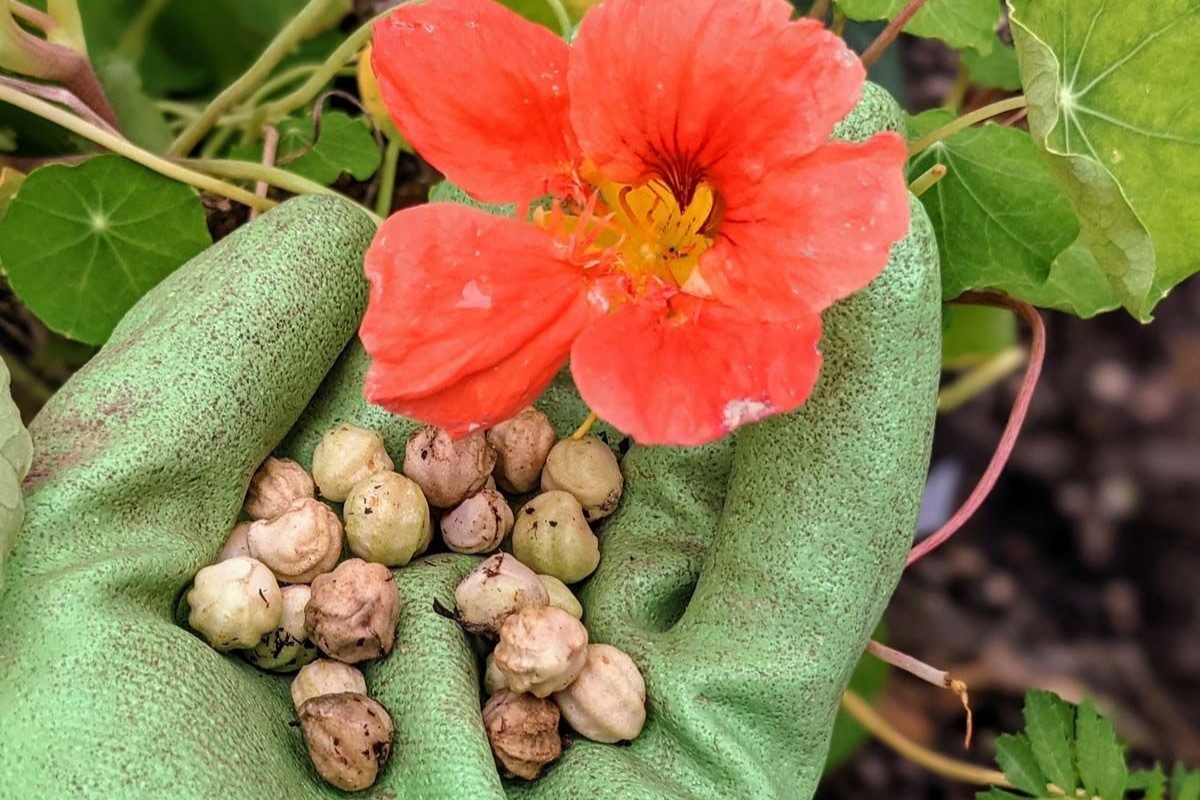
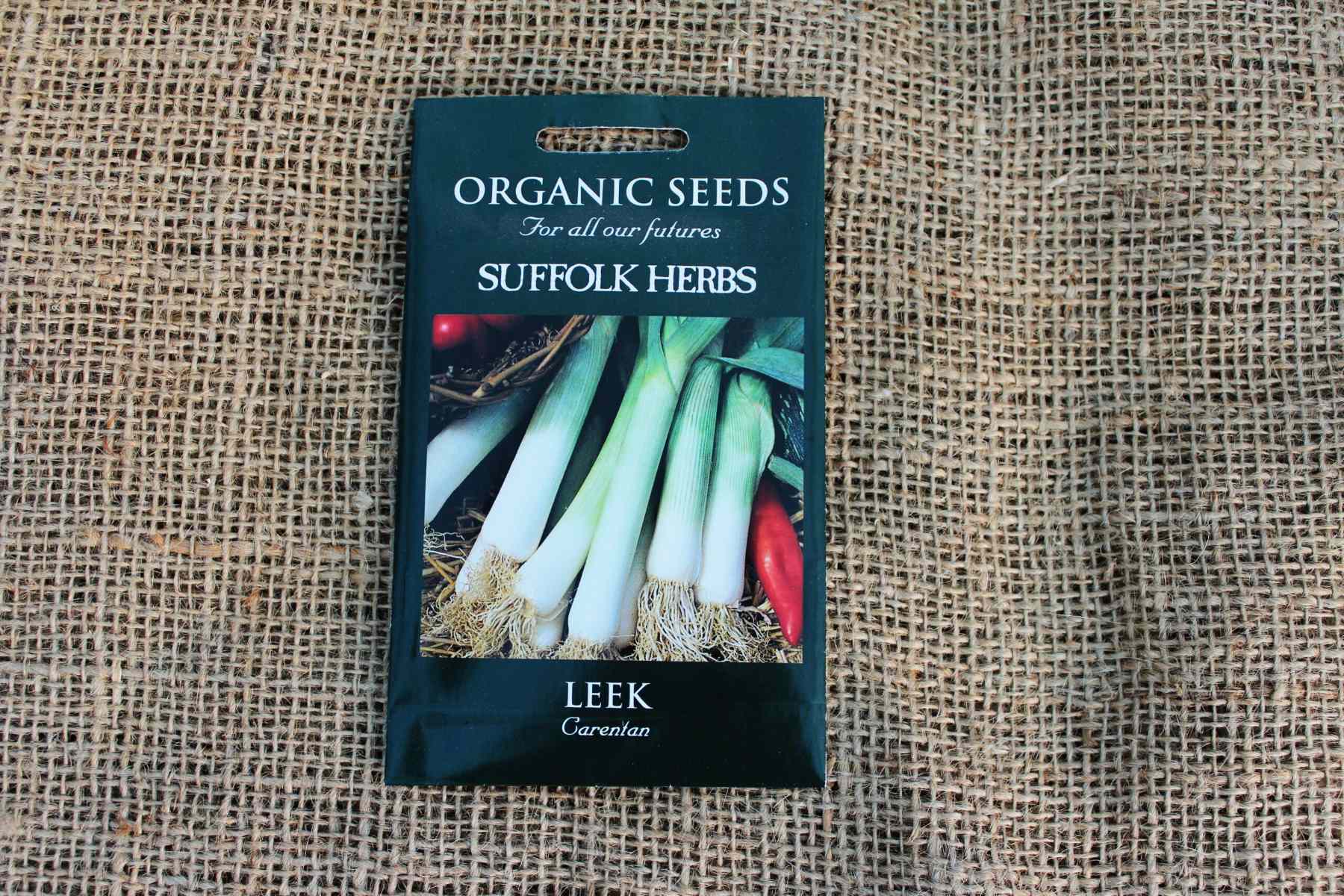
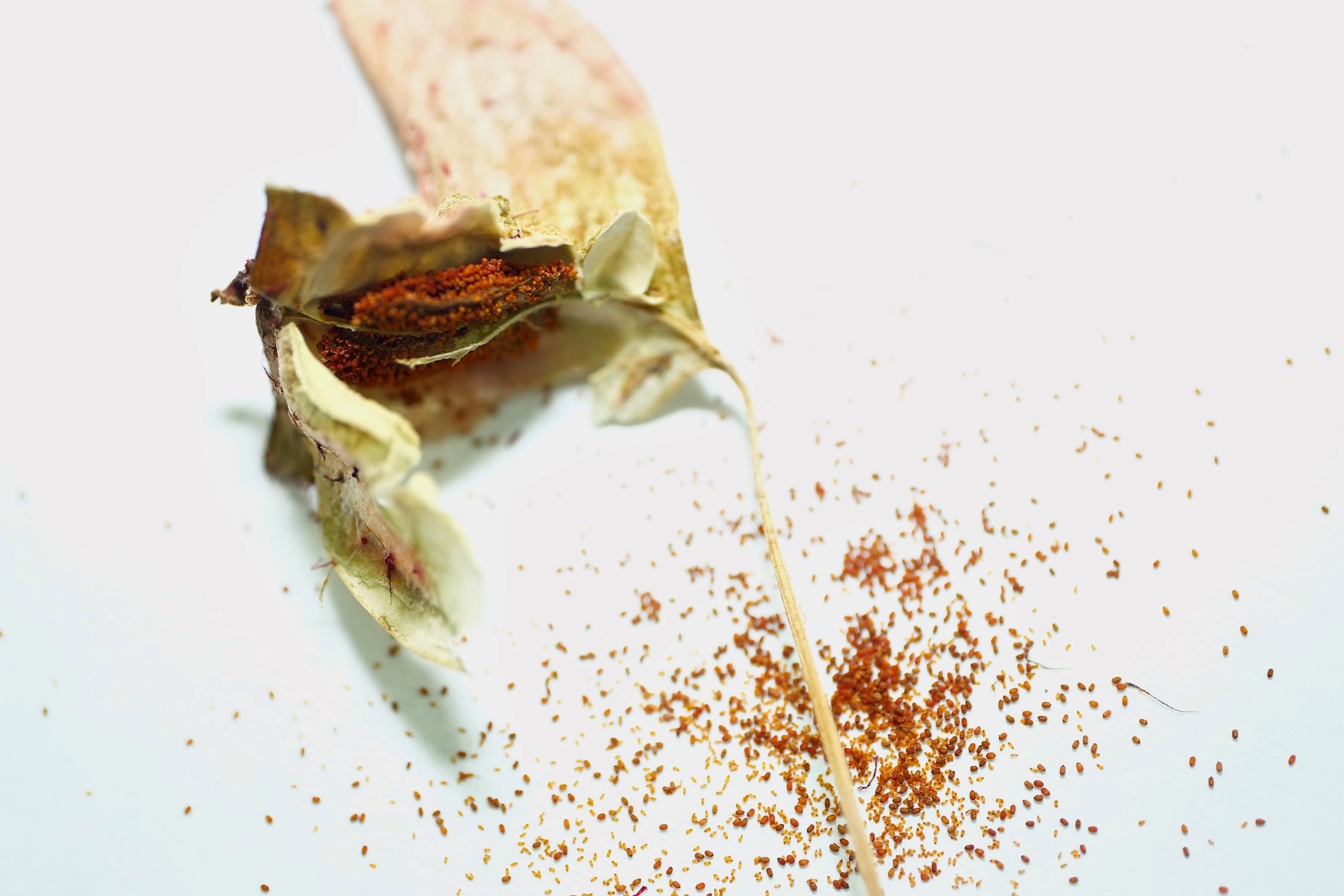
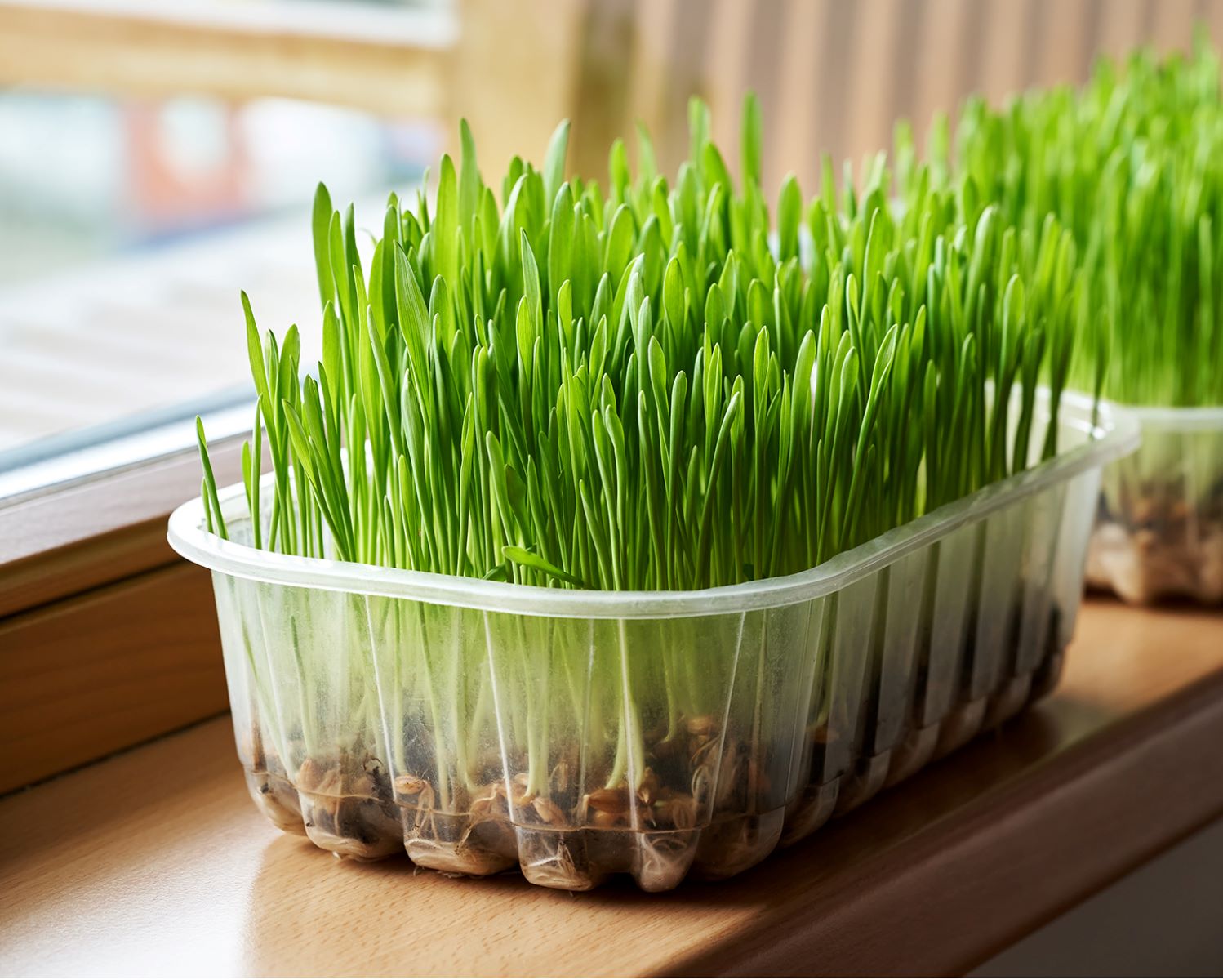
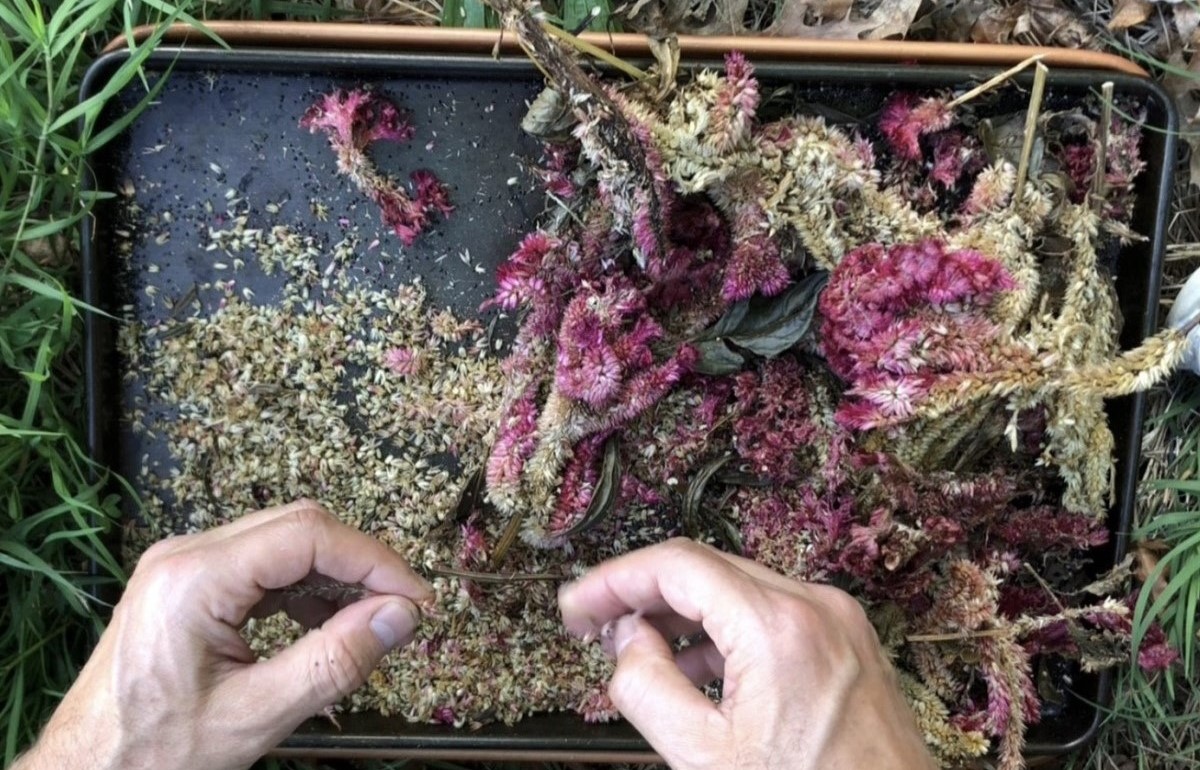

0 thoughts on “How To Harvest Snapdragon Seeds”